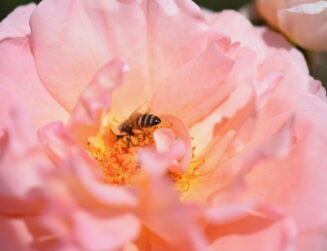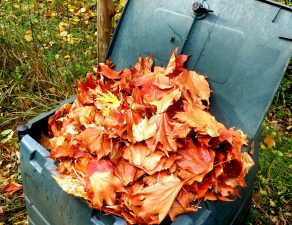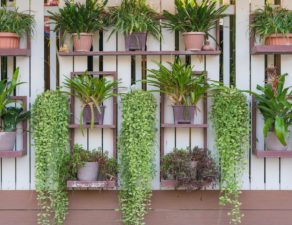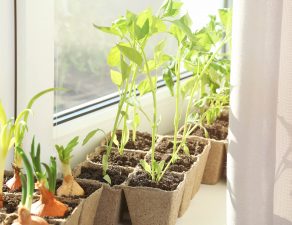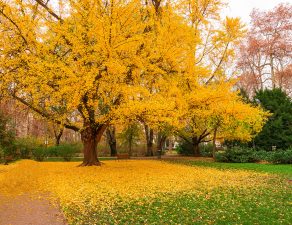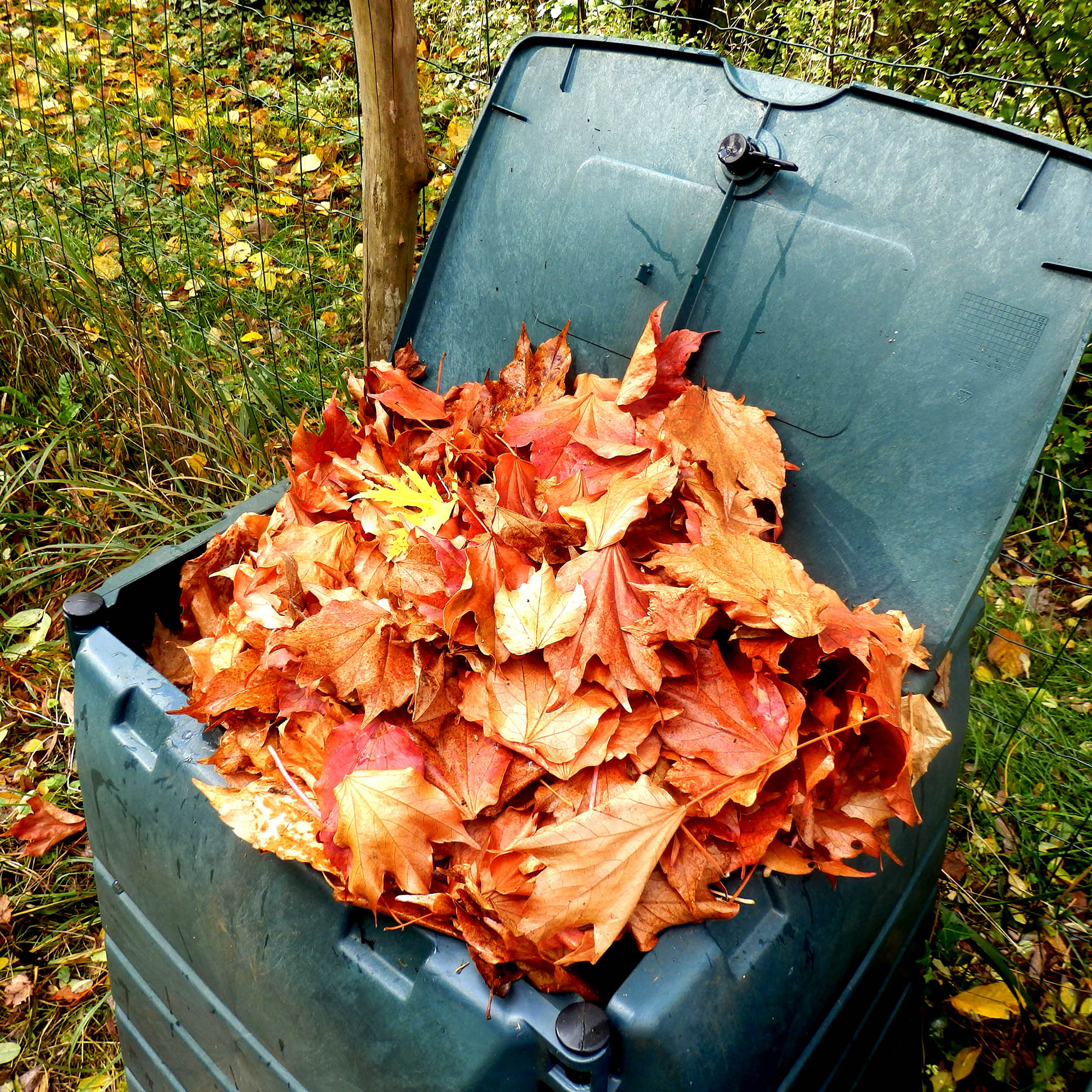
With fall just beginning and the holiday season looming, you probably aren’t even thinking about spring just yet! But if you want to enjoy a beautiful and bountiful garden in the spring, putting forth a little effort now will go a long way toward reaping greater rewards later. As a bonus, you might find that you save yourself quite a bit of labor in the spring if you take care of a few basic tasks now.
Plant a cover crop. When you leave garden beds empty over the winter, they actually suffer from nutrient loss. Plus, empty beds might as well be wearing a huge VACANCY sign, as far as weeds are concerned! Planting a cover crop such as garlic, fava beans, alfalfa, buckwheat, or clover can actually keep your soil healthier, keep pollinators fed, and prevent invading weeds.
Start a compost pile. You’re going to throw out food scraps anyway, but with a tiny bit of effort you can use your trash to create nourishing compost.
Use an old garbage can or build a box for your compost, and then begin layering “browns” (dead leaves and twigs) and “greens” (coffee grounds, grass clippings, vegetable peelings, and other “wet” plant material). Just be sure not to throw weeds or diseased plants into your compost pile, or you could invite unwanted problems into your garden later.
Turn the compost regularly to aerate it, and that’s all you have to do! Bugs and worms will do the rest of the work.
As a bonus, using compost means you can avoid chemical fertilizers and save money.
Clean and sharpen your gardening tools. Get your tools ready for spring by cleaning them thoroughly with a nontoxic oil (like baby oil or mineral oil) mixed into a bucket of sand. Thrust the blades into the sand using an up-and-down motion several times, and then store them in a sheltered, dry place until spring.
These projects are simple to perform now and throughout winter, but you’ll be glad you did when spring arrives! You will have less work to do, and more time to focus on planting.

